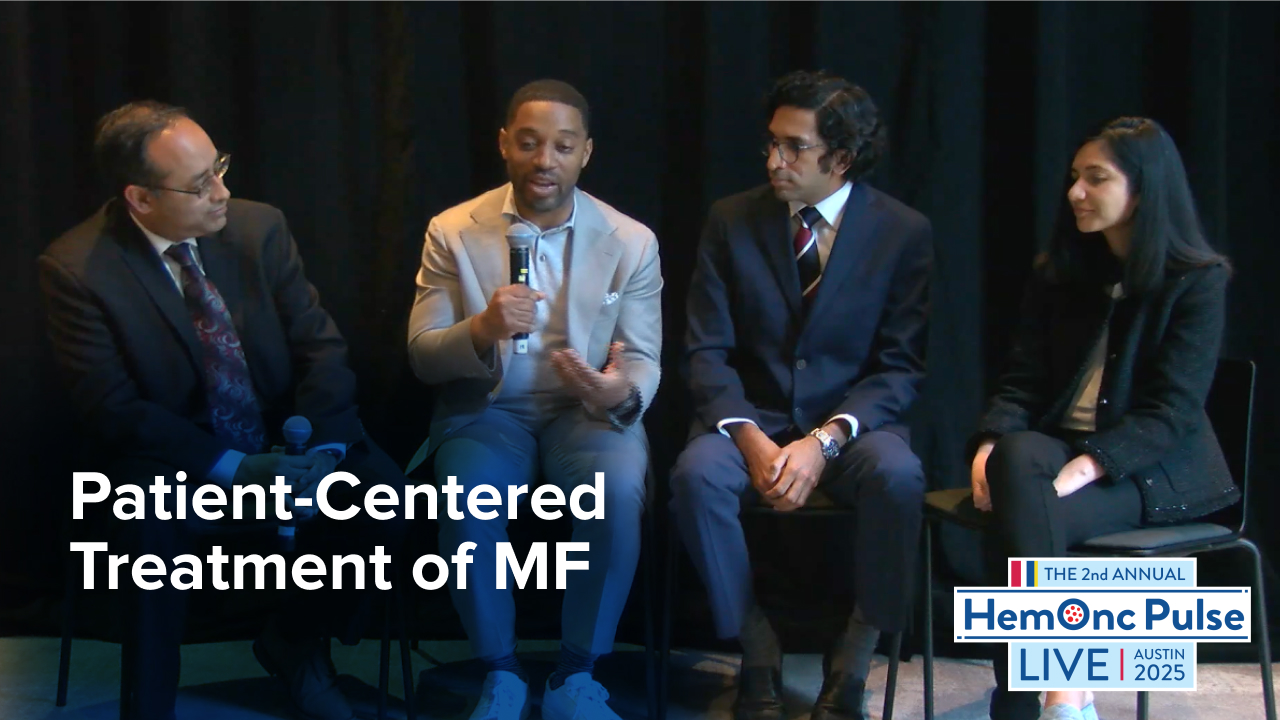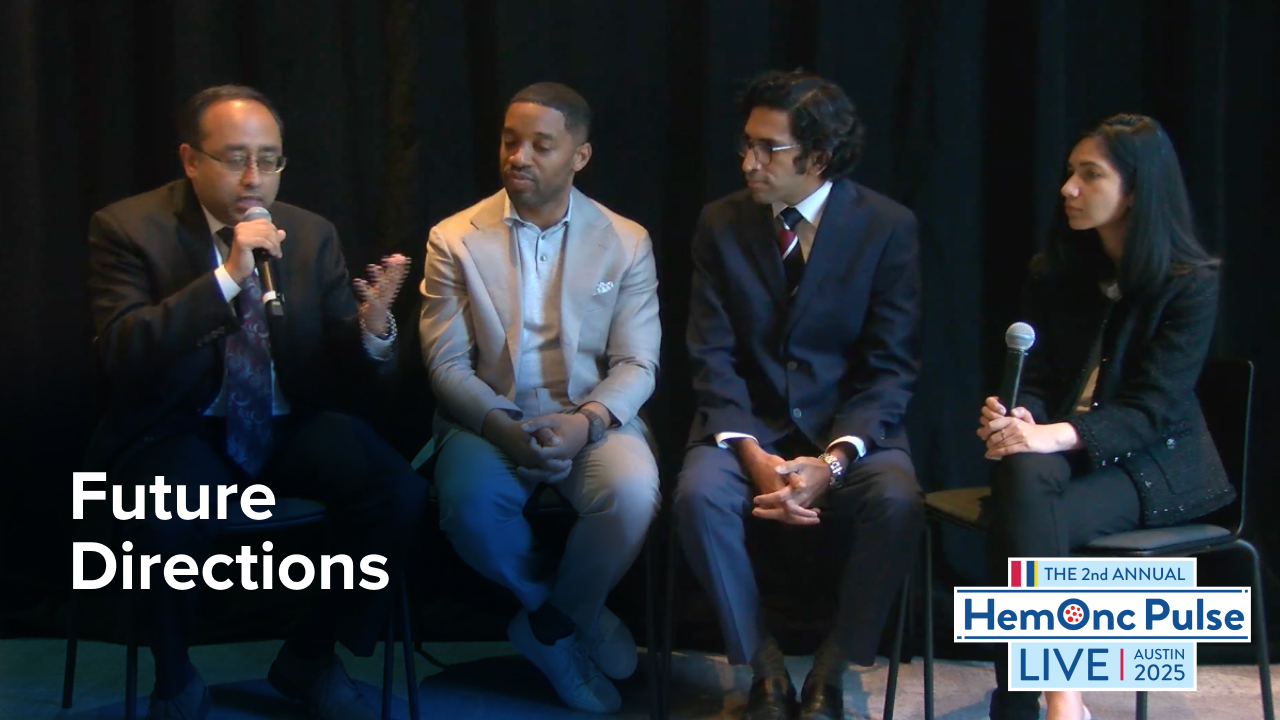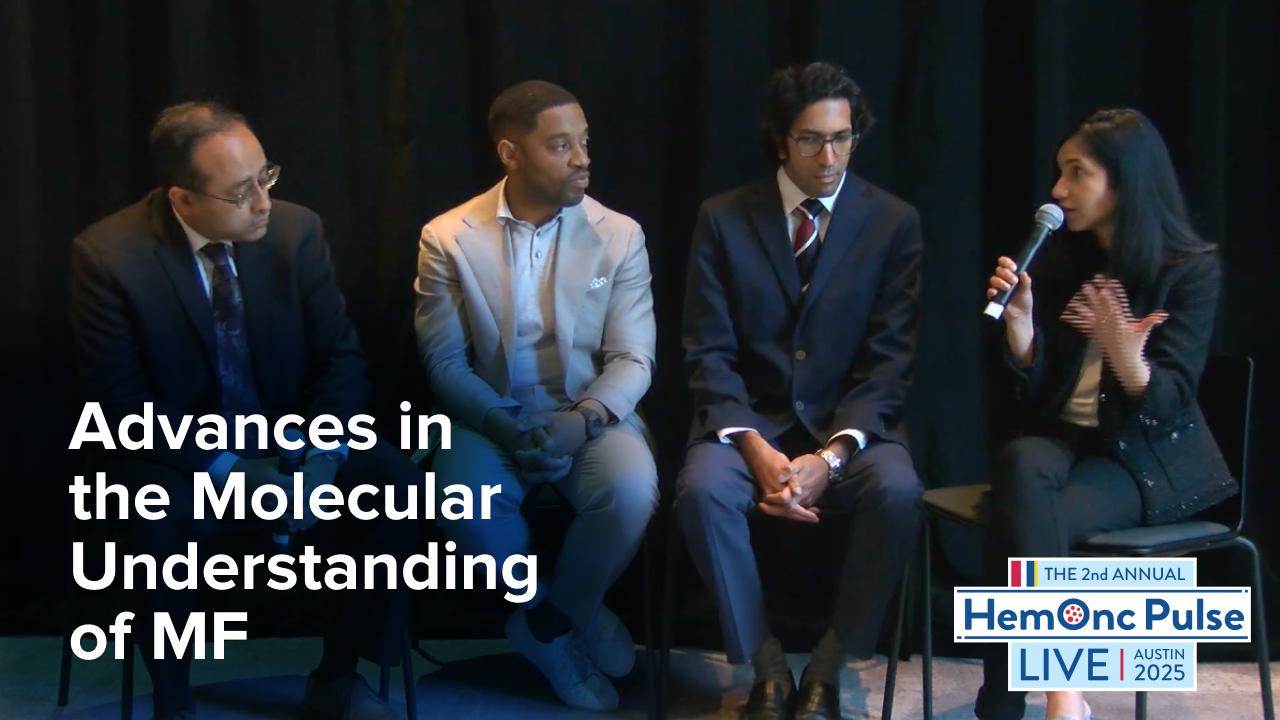
Results from the JUMP trial “highlight the efficacy” of ruxolitinib in patients with symptomatic primary myelofibrosis, but the “greatest clinical improvements” occurred in certain patients, according to a post hoc analysis of the trial.
Francesca Palandri, MD, PhD, of Azienda Ospedaliero and the Universitaria di Bologna, and colleagues conducted the post hoc analysis to investigate the impact of bone marrow fibrosis on the response and outcomes of patients with symptomatic primary myelofibrosis.
The phase IIIb JUMP trial included 1,326 patients with primary myelofibrosis. Among those patients, 1,120 had a documented biopsy that included a bone marrow fibrosis grade assessment. The researchers stratified patients by bone marrow fibrosis grade into a low-grade fibrosis group (n=268) and a high-grade fibrosis group (n=852). Patients with grade 0 or grade 1 fibrosis were placed into the low-grade fibrosis group. Those with grade 2 or grade 3 fibrosis were placed into the high-grade fibrosis group.
Patients with low-grade fibrosis had lower rates of cytopenias at baseline than those with high-grade fibrosis, but “showed comparable disease burden,” according to Dr. Palandri and colleagues.
At week 24 of ruxolitinib therapy, 62.4% of patients with low-grade fibrosis showed a response, while 55.1% of those with high-grade fibrosis showed a response. More than three-quarters (77%) of patients with low-grade fibrosis showed a response at any time during the study, while 69.9% of those with high-grade fibrosis did.
Furthermore, initiation of ruxolitinib therapy within two years of diagnosis was associated with “increased response rates in all patients,” Dr. Palandri and colleagues wrote.
At week 144, the estimated progression-free survival rate was 82% for those with low-grade fibrosis, while it was 70% for those with high-grade fibrosis. Death and progression events were reported in 14.6% of those with low-grade fibrosis and in 18.3% of those with high-grade fibrosis.
The estimated overall survival (OS) rate at week 144 was 87% in those with low-grade fibrosis, while it was 79% in those with high-grade fibrosis. Lower fibrosis grades were associated with better OS estimates at week 144. The estimated OS rate was 91% in those with grade 0 fibrosis, while it was 87% in those with grade 1, 80% in those with grade 2, and 78% in those with grade 3.
Deaths occurred in 8% of patients with grade 0 fibrosis, in 10.7% of those with grade 1, in 11.3% of those with grade 2, and in 13.1% of those with grade 3.
“These results highlight the efficacy of ruxolitinib in symptomatic patients with [primary myelofibrosis], with the greatest clinical improvements observed in patients with [low-grade fibrosis] and in patients who received early treatment,” Dr. Palandri and colleagues concluded.
Reference
Palandri F, Al-Ali HK, Guglielmelli P, Zuurman MW, Sarkar R, Gupta V. Benefit of early ruxolitinib initiation regardless of fibrosis grade in patients with primary myelofibrosis: A post hoc analysis of the single-arm phase 3b JUMP study. Cancers (Basel). 2023;15(10). doi:10.3390/cancers15102859






 © 2025 Mashup Media, LLC, a Formedics Property. All Rights Reserved.
© 2025 Mashup Media, LLC, a Formedics Property. All Rights Reserved.